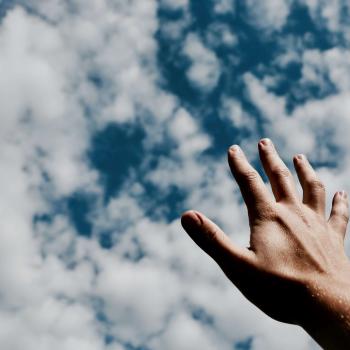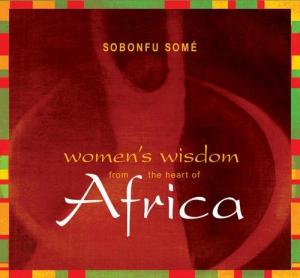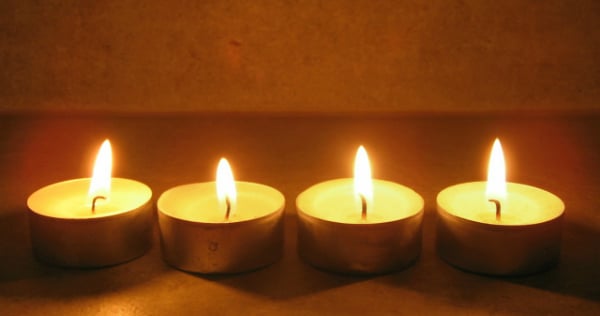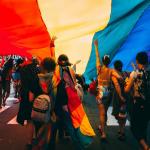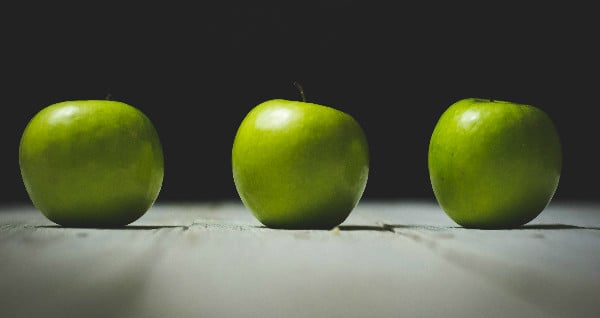
Shanah Tovah! Rosh Hashanah is the Jewish New Year and a two-day celebration beginning this year on Wednesday, Sept. 20, at sunset.
In memory of our dear Rabbi Zalman Schachter-Shalomi, please be blessed here as he shares his wisdom:
About prayer
As a Jew, I have liturgy for three, four times a day, plus many, many blessings each day—of our food, and even going to the bathroom and acknowledging that everything works—and you say a thank you prayer for that. So I have a lot of liturgical texts that some people would see as obligations. And I see them as opportunities.
If I can, at the beginning of the day, I allow myself to open a prayer book and begin with a blessing over the use of the bodily functions, and then go on from there to the place of the celebration of the hallelujahs, and then go to the contemplative place of looking at the universe and at the power of the Creator and the universe, and then to the credo, and then come to the very personal requests to be made, and then from that place, slowly come down with thanksgiving for each one of the places where I was, and at the end of the session of prayer I sit down with a pencil and paper and take my orders from the God I spoke to.
People say to me sometimes, “How come my prayer isn’t being answered?” and I tell them, “You hang up the phone too soon.” It’s necessary to sit for a while and to get the action directive, the marching orders for the day.
The best times for prayer are the twilight times, dawn and dusk, because we have the consciousness of day and night. The left brain and right brain are still meeting together in the heart, and that’s a very, very good prayer time. Then we have the prayers that are in the middle of the day, that are rushed between one appointment and the other, and those are the quick arrow prayers that say, “Here, God, I’m busy with all these things; please help me.”
Find a place where you don’t feel that you have to worry about being overheard, and speak so that your ear can hear. If you sit there, and you begin to concentrate on the You, You, You, You, and you begin to speak about what’s real—even just to say, “You, I feel so foolish talking to You because I don’t see anybody here, and yet I know that I wouldn’t be here if You weren’t here, so I’m doing the best I can. I want to thank You for every breath that I can take. I want to thank You for my health”—that is beginning to pray.
Begin prayer with gratefulness, because that’s the easiest one. We have lots to be grateful for—the fact we can see with our eyes, and we can hear, and so on. After you begin with gratitude, then comes the other stuff, the concerns: “I want to share with you my concerns, dear God. These are the people I’m concerned about. A friend of mine had an operation today. I hope she heals well.” To be able to speak about concerns in this way—that will make the difference.
Piety is not just being nice. Piety is real. It’s the kind of intimacy that you want to have with someone whom you love.
I so appreciate having heard, once, Terry Gross interviewing the gay bishop of New Hampshire. And she asked him, “What’s your prayer life like these days?” And he said to her, “The best thing that I can do is just sit there and let God love me.” I was so moved by what he shared, I sent him a fan letter right away. Because that’s true—we all say, “God so loved the world, God loves me, Jesus loves me,” and so on, but we hardly ever sit down and let ourselves be loved. That’s become part of my practice, too.
~ Excerpted from How Do You Pray? from Monkfish Book Publishing




